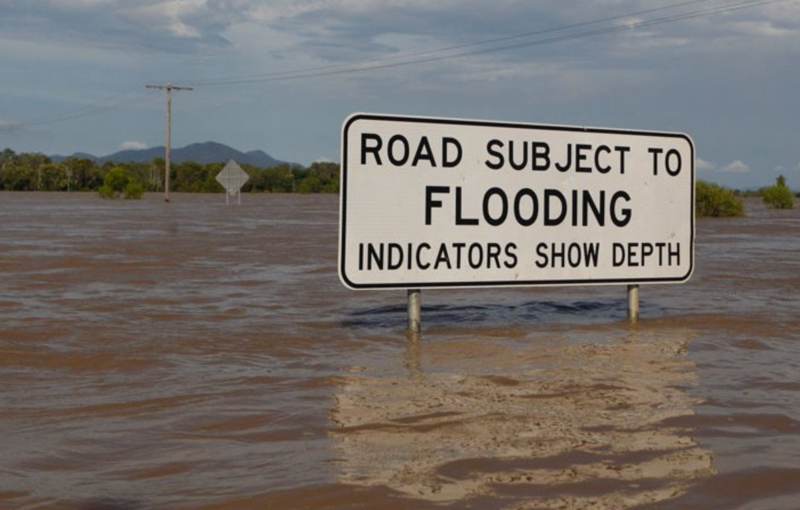Climate change to dramatically increase costs of flooding: Marsh McLennan

Perhaps not an unexpected conclusion from a study on global flood risk, but the latest update to insurance and reinsurance broking group parent Marsh McLennan’s Flood Risk Index shows a dramatic increase in values-at-risk of flooding is possible with climate change.
Flood events have caused significant impacts to insurance and reinsurance markets around the world in recent years and Marsh McLennan’s data drives home the fact the industry should be prepared for increasing losses.
It also drives home the need for flood insurance coverage to be more widely available, as well as the opportunity for commercial flood risks to be protected against on a parametric trigger basis.
While flooding is seen as the most pervasive natural disaster, its costs are often underestimated, Marsh McLennan explained.
The costs are rising on the back of a plethora of inputs, from climate change, to economic and demographic trends, as well as what Marsh McLennan sees as a “chronic shortfall in investment in resilience”, all of which are ultimately driving flood risks higher.
Values-at-risk are set to drive significantly, so too exposure, ultimately meaning a chance of larger and more frequent losses from flood events for insurance and reinsurance interests.
The firms Flood Risk Index 2.0 features risk scores for 180 countries based on present-day conditions, as well as for 1.5 °C, 2 °C and 3.5 °C warming scenarios.
“The Index shows that a 3. 5 °C warming would lead to a dramatic increase in flood risk globally, and that even limiting temperature rise to 1.5 or 2 °C would substantially worsen the threat of flooding,” Marsh McLennan said.
The company highlights some particularly flood exposed countries that have high-economic development and so values-at-risk.
First, Australia, which the insurance and reinsurance industry is all too familiar with its flood risk.
30% of Australia’s population and 28% of its economic assets are at risk of flood in present-day conditions, but under a 2 °C warming scenario, those two percentages could increase to 49% and 52%, respectively.
Imagine a country where 52% of its economic assets are at risk of flooding, an astounding figure and one that really drives home why flood risk has become such a challenge in the insurance and reinsurance market in Australia.
Less dramatic, but equally as relevant after last year’s industry losses, Germany has 6% of the population and 6% of economic assets currently at risk, but in a 2 °C scenario those percentages rise to 16% of people and 17% of assets at risk of flooding.
For the U.S., currently 11% of the population and 11% economic assets are exposed to flooding, which for a 2 °C scenario rises to 24% and 27%, respectively.
More broadly, Marsh McLennan noted that in a 2 °C warming scenario, India will be the G20 country facing the highest level of flood hazard, and South Korea would have the largest share of its population and economic assets exposed to flooding events.
Interestingly, the updated Flood Risk Index now includes details on large infrastructure assets and their exposure to flood risk.
Currently, Marsh McLennan’s analysis shows that 23% of the world’s power generation capacity, 26% of international port outflows, and 18% of international airport seats are currently at risk of flooding.
Under a 2 °C warmed world, those percentages would rise significantly to 41%, 52%, and 37%, respectively, highlighting the threat to critical assets from a warmer and as a result wetter world.
Since 1980 there has been a 275% increase in average annual economic losses related to flood risk.
Of course, global economic development and demographic trends are the major cause, as the populations of the world continue to build in and move to areas of higher flood risk.
But how these costs could accelerate dramatically with climate change really drives home the need for the flood insurance product and for it to be responsive, as well as the opportunity for risk capital providers to supply capacity to back flood insurance and reinsurance markets.
Tying those two together though, flood reinsurance arrangements (coastal and riverine) in parametric form may be vital in future, if the world warms to an extent that a near doubling in flood exposure occurs, as this data suggests.






